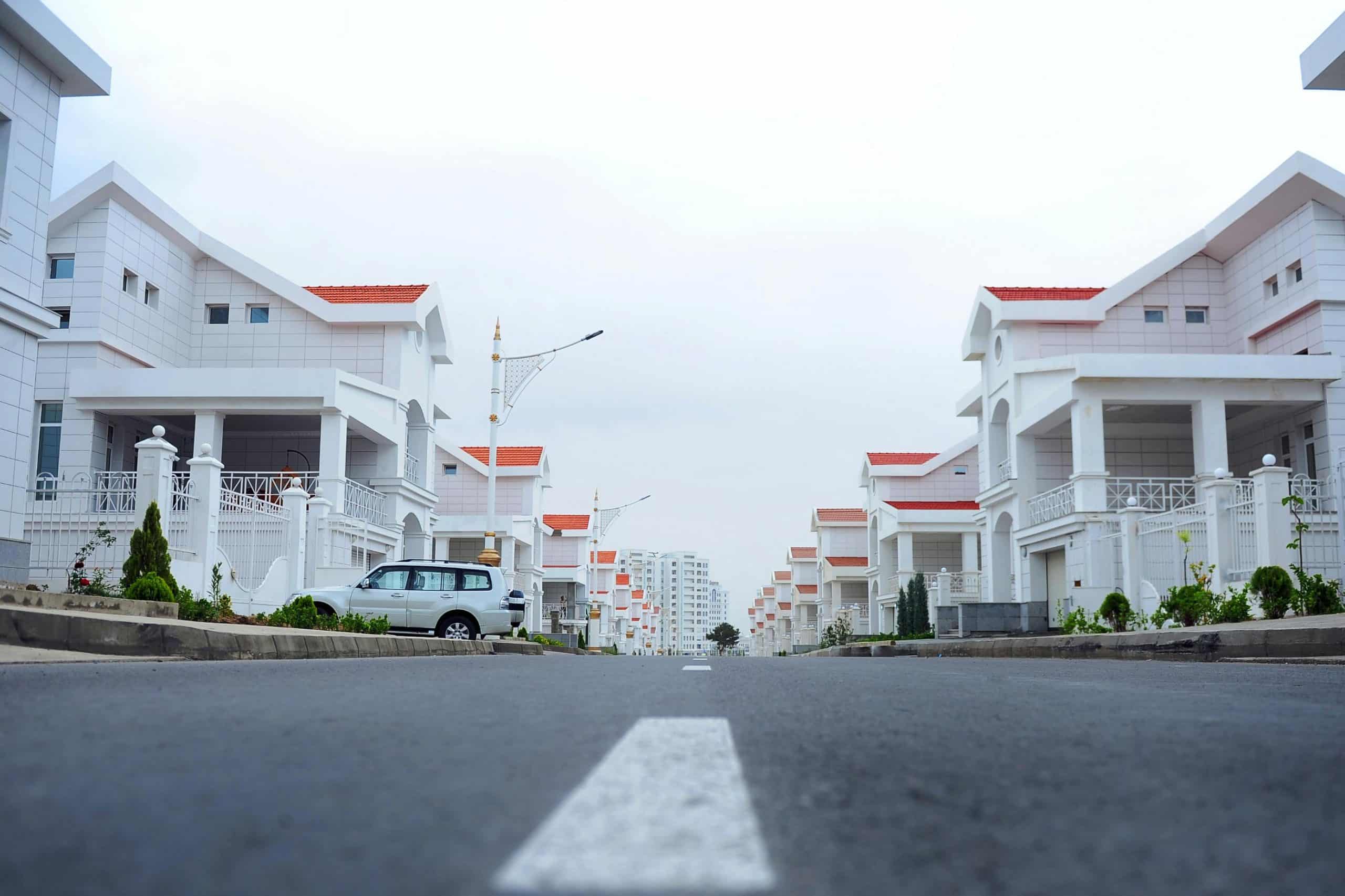In the ever-evolving world of real estate, a trend that has garnered significant interest is the conversion of commercial properties into residential units. This change has gained popularity in areas like New York City (NYC), where space has always been at a premium. As the dynamics of city living shift, developers see an opportunity in repurposing commercial buildings for residential use. However, the transition is not as simple as it seems. There are stringent regulatory requirements that must be met before a commercial building can be transformed into a residential one.
Understanding Zoning Regulations
Before any conversion can take place, you must thoroughly understand the zoning regulations in your area. Zoning laws, enforced by city planning departments, dictate how a property can be used. In NYC, for instance, a commercial property might be in a zone that doesn’t permit residential use.
Topic to read : How to Identify and Capitalize on Emerging Neighbourhoods for Real Estate Investment?
Converting a commercial property to residential use often requires a zoning change. This change is a formal process that involves public hearings before a zoning board. The board will take into account factors such as the impact of the proposed conversion on traffic, the surrounding community, local businesses, and the city’s overall planning goals. In some cases, a zoning variance or special use permit may be required to proceed with the conversion.
Navigating Building Codes and Safety Regulations
Safety is a top concern when converting commercial properties into residential units. Commercial and residential buildings have significantly different safety standards and building codes. Residential buildings have specific requirements for things like natural light, accessibility, fire safety, insulation, and noise control which may not exist in commercial buildings.
Also read : How to Design Real Estate with Neuro-Architecture Principles to Enhance Occupant Well-being?
For instance, commercial buildings may need to install more fire exits, improve ventilation, or modify the layout to meet residential building codes. Moreover, the building may have to be retrofitted for earthquake safety, particularly in areas prone to seismic activity. These adaptations can be costly, so it’s crucial to factor them into your feasibility and financial planning.
Managing the Conversion Process
Managing the conversion process requires careful planning and project management skills. It’s a complex task that involves working with architects, contractors, city officials, and legal experts. It may also require liaising with utility providers to ensure the building has adequate electricity, gas, water, and sewerage for residential use.
Furthermore, you’ll need to secure the necessary permits for construction, renovations, and alterations. Each city has its own process for obtaining these permits, so be sure to familiarize yourself with the local requirements. In NYC, this process involves submitting detailed architectural plans to the Department of Buildings for approval. Following the approval, inspections throughout the construction process will ensure compliance with the approved plans.
Dealing with Financial and Legal Aspects
Converting a commercial property into a residential one often comes with financial and legal implications. For instance, the property taxes may increase after the conversion due to the higher value of residential properties. It’s also vital to consider the potential for increased insurance premiums.
Legally, you may have to deal with issues like existing leases. If the commercial property is currently leased to tenants, there may be legal restrictions on terminating those leases. It’s highly recommended to consult with a real estate attorney early in the planning stage to understand potential legal issues and how to mitigate them.
Ensuring Community Involvement and Approval
Finally, one crucial aspect often overlooked in the conversion process is community involvement. Successful conversions often depend on the approval and support of the local community. Public opinion can influence zoning changes and permit approvals, so it’s essential to engage with the community early.
This could involve hosting public consultation meetings, providing updates on construction progress, and addressing any community concerns promptly. It’s not just about meeting regulatory compliance; it’s about creating a residential property that adds value to the community and enhances the quality of life in the area.
In conclusion, converting commercial properties into residential use is a complex process governed by numerous regulatory requirements. These requirements can significantly impact the feasibility, timeline, and cost of the conversion. Therefore, it’s crucial to do your homework and consult with professionals to navigate this challenging yet rewarding endeavor successfully.
Dealing with Floor Area Ratio and Density Issues
When you venture into a residential conversion project, you will need to tackle the issue of floor area ratio (FAR) and density. Typically, residential units require more space per unit than commercial offices or retail spaces. As a result, the FAR, which measures the total square footage of a building in relation to the size of the land it sits on, may need to be adjusted.
In New York City, for instance, the Department of Buildings evaluates the FAR to ensure the proposed conversion does not create overcrowding or significantly alter the character of the community. If a residential conversion increases the building’s FAR beyond what is allowed, it may necessitate an application for a zoning variance, which can be a lengthy and uncertain process.
The density issue is also significant. The introduction of more dwelling units in a given area can strain local resources and infrastructure, such as schools, parks, and utilities. The city planning department will assess whether the infrastructure can support the increased population.
Moreover, residential properties typically need to conform with minimum space requirements. For instance, each dwelling unit must have a certain amount of living space, separate bathrooms, and proper access to natural light and fresh air. These requirements can limit the number of residential units you can fit into a previously commercial space, which can affect the project’s profitability.
Promoting Affordable Housing and Sustainability
In recent years, cities like New York have pushed property owners and developers to include affordable housing units in their residential conversions. This push is part of a broader effort to increase the availability of affordable housing and promote socioeconomic diversity in the city.
As a developer, you might be required to set aside a certain percentage of the residential units as affordable housing in exchange for incentives such as tax breaks or additional development rights. The specifics vary, but it’s a critical aspect to consider in your planning stage.
Converting commercial buildings into residential use also has the potential to promote sustainability. With careful planning, you can make the most of the existing structure and materials, reducing construction waste and the demand for new resources. Furthermore, by retrofitting the property with energy-efficient systems and appliances, you can reduce the building’s environmental impact and appeal to environmentally conscious tenants.
Conclusion
In essence, converting a commercial property into a residential one is a multi-faceted process that involves navigating complex regulatory requirements. From understanding zoning regulations and building codes to managing the conversion process and dealing with financial and legal aspects, each step offers its own set of challenges.
Yet, despite these challenges, the lure of residential conversions remains strong. They offer an innovative way to address the evolving demands of urban living, provide affordable housing, and promote sustainability. And while the road to converting commercial properties into residential units may be paved with hurdles, the journey can be morphed into a rewarding venture with the right planning, patience, and professional guidance.











